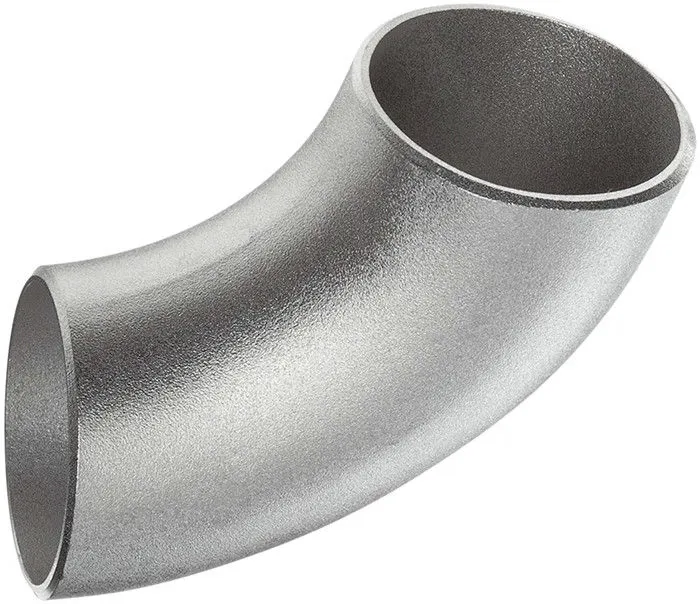-
Cangzhou Yulong Steel Co., Ltd.
-
Phone:
+86 13303177267 -
Email:
admin@ylsteelfittings.com
- English
- Arabic
- Italian
- Spanish
- Portuguese
- German
- kazakh
- Persian
- Greek
- French
- Russian
- Polish
- Thai
- Indonesian
- Vietnamese
- Zulu
- Korean
- Uzbek
- Hindi
- Serbian
- Malay
- Ukrainian
- Gujarati
- Haitian Creole
- hausa
- hawaiian
- Hebrew
- Miao
- Hungarian
- Icelandic
- igbo
- irish
- Japanese
- Javanese
- Kannada
- Khmer
- Rwandese
- Afrikaans
- Albanian
- Amharic
- Armenian
- Azerbaijani
- Basque
- Belarusian
- Bengali
- Bosnian
- Bulgarian
- Catalan
- Cebuano
- China
- China (Taiwan)
- Corsican
- Croatian
- Czech
- Danish
- Esperanto
- Estonian
- Finnish
- Frisian
- Galician
- Georgian
- Kurdish
- Kyrgyz
- Lao
- Latin
- Latvian
- Lithuanian
- Luxembourgish
- Macedonian
- Malgashi
- Malayalam
- Maltese
- Maori
- Marathi
- Mongolian
- Myanmar
- Nepali
- Norwegian
- Norwegian
- Occitan
- Pashto
- Dutch
- Punjabi
- Romanian
- Samoan
- Scottish Gaelic
- Sesotho
- Shona
- Sindhi
- Sinhala
- Slovak
- Slovenian
- Somali
- Sundanese
- Swahili
- Swedish
- Tagalog
- Tajik
- Tamil
- Tatar
- Telugu
- Turkish
- Turkmen
- Urdu
- Uighur
- Welsh
- Bantu
- Yiddish
- Yoruba

Nov . 25, 2024 06:46 Back to list
galvanized pipe rusting inside
Understanding Rusting of Galvanized Pipes Causes and Solutions
Galvanized pipes, renowned for their corrosion-resistant properties, have been a staple in industrial and residential plumbing systems for decades. These pipes are coated with a layer of zinc to protect the underlying steel from rusting. However, despite this protective layer, issues related to rusting can still arise, particularly on the interior surfaces. Understanding the factors contributing to the rusting of galvanized pipes and exploring solutions is crucial for maintaining plumbing systems and ensuring a long lifespan for these pipes.
The Nature of Galvanization
Galvanization is a process that involves coating iron or steel with zinc to prevent corrosion. The zinc layer acts as a sacrificial anode, which means it will corrode before the underlying metal does. This process effectively extends the life of the pipe when installed in environments prone to moisture. However, over time, the effectiveness of this zinc coating can diminish due to various factors, leading to rusting problems inside the pipes.
Causes of Rusting Inside Galvanized Pipes
1. Wear and Tear of the Zinc Coating The zinc coating can wear away due to physical abrasion, chemical reactions, or prolonged exposure to moisture and contaminants in the water supply. Once the protective layer is compromised, the underlying steel is exposed and is susceptible to rusting.
2. Water Quality The presence of certain minerals and chemicals in water supply can also accelerate the rusting process. For example, high levels of chlorine, aggressive water chemistry, or acidic water can expedite the corrosion of the metal underneath the zinc coating.
3. Environmental Factors High humidity levels, temperature fluctuations, and exposure to moisture from leaks or condensation can also contribute to the deterioration of the galvanized coating. Areas where pipes are subjected to constant temperature changes may see more rapid degradation.
4. Biofilm Formation Over time, galvanized pipes can develop biofilms consisting of bacteria and other microorganisms. These biofilms can contribute to corrosion by producing acids that further eat away at the metal.
5. Stagnant Water Water that is not regularly flowing through the pipes can lead to the accumulation of sediment and contaminants. This stagnant water can become corrosive, particularly if it is left standing for an extended period.
galvanized pipe rusting inside

Prevention and Solutions
To combat the rusting of galvanized pipes, several preventive measures and solutions can be implemented
1. Regular Inspections Routine inspections can help identify potential issues early before they escalate. Look for signs of corrosion, such as discoloration or rust on the surface of the pipes.
2. Water Quality Management Regular testing of water quality can help identify corrosive properties. Installing water treatment systems can mitigate issues related to high levels of chlorine, acidity, or hardness in the water supply.
3. Replacing Aged Pipes In situations where galvanized pipes have significantly deteriorated, replacement with modern materials, such as PEX (cross-linked polyethylene) or PVC (polyvinyl chloride), may be the best solution. These materials are less prone to corrosion and can offer a longer lifespan.
4. Using Protective Linings Applying a protective lining inside the galvanized pipes can provide an additional barrier against rust. These linings can be made from epoxy or other corrosion-resistant materials that prevent direct contact between the water and the metal.
5. Ensuring Proper Flow Encouraging regular water flow in the plumbing system can help prevent stagnation. Installing circulation pumps or ensuring that water is frequently used can minimize the risk of stagnant water.
6. Addressing Leakage Fixing any leaks promptly can prevent moisture accumulation around pipes that could contribute to corrosion.
Conclusion
While galvanized pipes are designed to resist corrosion, they are not impervious to rusting, particularly on their interior surfaces. Understanding the causes of this rusting and implementing effective preventive measures can significantly extend the life of galvanized piping systems. By addressing water quality, conducting regular inspections, and considering replacement or protective measures, homeowners and facility managers can maintain the integrity of their plumbing systems and prevent costly repairs or replacements in the future.
Latest news
-
ANSI 150P SS304 SO FLANGE
NewsFeb.14,2025
-
ASTM A333GR6 STEEL PIPE
NewsJan.20,2025
-
ANSI B16.5 WELDING NECK FLANGE
NewsJan.15,2026
-
ANSI B16.5 SLIP-ON FLANGE
NewsApr.19,2024
-
SABS 1123 FLANGE
NewsJan.15,2025
-
DIN86044 PLATE FLANGE
NewsApr.19,2024
-
DIN2527 BLIND FLANGE
NewsApr.12,2024
-
JIS B2311 Butt-Welding Fittings LR/SR 45°/90° /180°Seamless/Weld
NewsApr.23,2024











